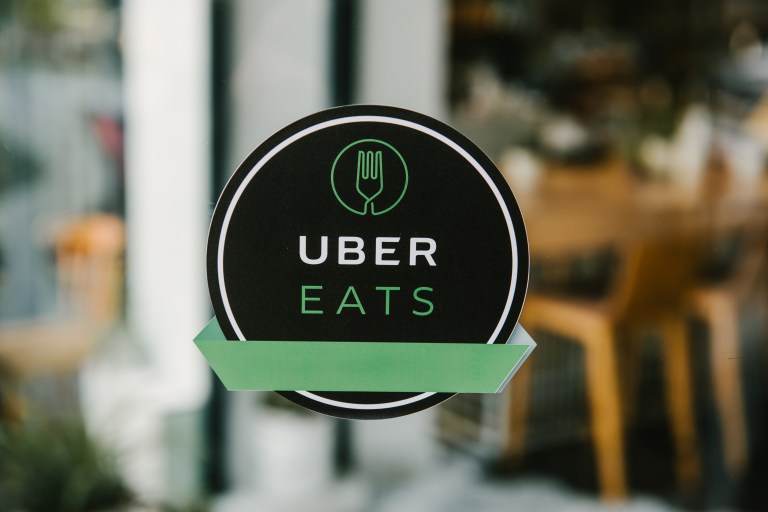Fast-Casual Brands Make Their Mark, Right On The Burger

In a competitive fast-casual and dinner delivery world, how can one brand make its mark? Skift rounds up a few of the latest creative ideas that restaurateurs are using to stand out from the crowd.
San Francisco chef Anthony Strong launches his new restaurant, Young Fava, today, June 14. It doesn’t have a dining room. Instead, the “ghost restaurant” relies on delivery services to get its 16 menu items in front of customers. The salads, entrees and desserts are created with travelling in mind. UberEATS is the first partner, with Caviar, Doordash and Postmates slated to join the team in two weeks.
Strong believes his ghost restaurant can succeed where others failed (see: Maple, Sprig) because of his 11 years of experience in the San Francisco restaurant market. He’s done delivery, he understands the city’s taste, and he can see how the two interact.
He’s also had a chance to learn which foods travel poorly (such as pasta) and how he can solve for that (replacing gnocchi with Korean rice cakes, which not only travel well but are gluten-free).
Unlike Maple and Sprig, which employed its own delivery methods as a means of quality control, Strong is entrusting the customer service element to tried-and-true delivery providers. That makes third-party drivers the face of the company, which might give some restaurateurs pause, but not Strong.
“Even if you can’t connect with a guest in person, you can still find ways to be gracious,” he said.
Meanwhile, established restaurants are keeping their brand in the spotlight by putting it directly on the food. Ramen restaurants are printing their name on seaweed in the soup; burger joints are grilling it into the bun; and cocktail lounges are stenciling it on the tops of drinks using bitter sprays.
Since so many diners post photos of their meal to social media, the idea of branding the food itself is both genius and a little bit “no duh” – it’s basically free word-of-mouth advertising.
Finally, the fast-casual king, Chipotle, has driven innovation in the sphere since it was born in 1993. It could even be said that it created the sphere. But all of that has been by accident. Founder Steve Ellis created it as a venture to fund a fine-dining restaurant.
He pared down ingredients and introduced the assembly-line style of service to get himself out of the kitchen. But the actual impact was easy replication of the concept across 2,300 restaurants and consumer confidence in the integrity of their food, which has forced traditional chains like McDonald’s and KFC to freshen up to keep up.